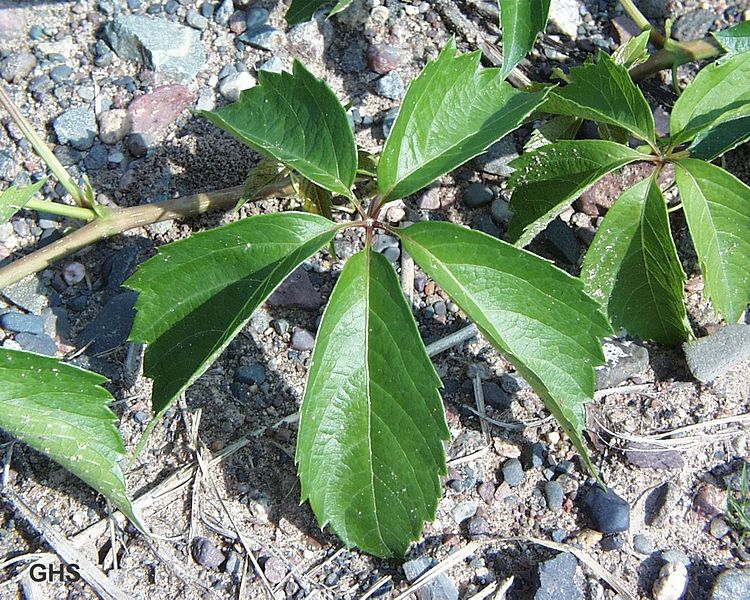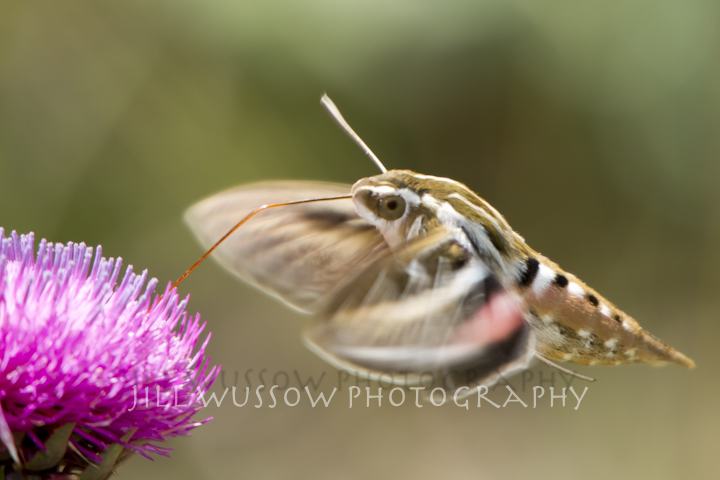Nutrition
Like all animals inhabiting Earth, the Clark's Sphinx Moth is
a heterotrophic organism. Heterotrophs
have to use other organisms or hosts to acquire appropriate
nutrients for themselves in order to survive. They are not
autotrophic, like plants, which would mean they could produce
their own energy and do not require other organisms (Campbell
and Reece 2008). All animals ingest and
then digest their food. Animals, in general, all have similar
ways of operating and maintaining their nutrient but each
species do it in their own unique way.
Common knowledge of every moth is that it is a
catepillar before it grows into an adult. As catepillars, Sphinx Moths,
in general, obtain their nutrients from little
berries like grape leaves and Virginia Creeper plants (McDaniel
2010). Go to this
website for more information on Virginia Creeper plants. Like any organism that can do metamorphosis, not only are
their distinct changes in its physical appearance, function, and
habitat, but also in its eating habits. Once the larva develops
into a moth, it is intrinsically attracted to the nectar of
blooming flowers. Along with flowers, Sphinx Moth's diet also
includes sap from trees, bird droppings, animal waste, and
fruits that are rotting (New Hampshire Public Television). The
Sphinx Moth has a long, hollow tongue called the proboscis that
is constructively used in the uptake of nutrients into their
bodies. The proboscis is extremely important for moths and
butterflies because it acts as their specialized feeding organ.
 Depending on the species of the organism and the function, the
proboscis length varies. To see proboscis morphology and its
association to different feeding habits, click
here. The proboscis rolls up near the moth's body when
it is not being used (U.S. Geological Survey 2012). The moth
then breaks down the nectar and uses those nutrients for physical energy, growth, and reproduction.
Depending on the species of the organism and the function, the
proboscis length varies. To see proboscis morphology and its
association to different feeding habits, click
here. The proboscis rolls up near the moth's body when
it is not being used (U.S. Geological Survey 2012). The moth
then breaks down the nectar and uses those nutrients for physical energy, growth, and reproduction.
The Sphinx Moth can easily be mistaken for different species of
hummingbirds because of two similarities within the two
organisms. They both have extremely rapid wing speed while in
flight (McDaniel 2010), and like
hummingbirds, these moths hover over their flower food source
while feeding on it during stationary flight. Stationary flight
is when the organism is flying in place while extracting nectar
(Gill 1985). When the Clark's Sphinx Moth needs to refuel, it
searches for the perfect food source, typically a flower, by
flying over it and innately using proboscis movements again to
obtain the nourishing nectar (Goyret and Kelber 2011). They
prefer to eat nectar from flourishing flowers that will give
them an abundance of nutrients. These flowers they prefer are in
the phylum of land plants called Anthophyta because they have
the ability to develop flowers and fruits (Campell and Reece
2008). Flowers that are trumpet-shaped are prime for Sphinx
Moths because they have a wider opening near the petals of the
flower, allowing easier access for the proboscis to get down the
pollen tube to obtain the nectar.
flourishing flowers that will give
them an abundance of nutrients. These flowers they prefer are in
the phylum of land plants called Anthophyta because they have
the ability to develop flowers and fruits (Campell and Reece
2008). Flowers that are trumpet-shaped are prime for Sphinx
Moths because they have a wider opening near the petals of the
flower, allowing easier access for the proboscis to get down the
pollen tube to obtain the nectar.
Go to the
life history and reproduction
page to learn more about this interesting Clark's Sphinx Moth.
To return to the home page, click
Home.